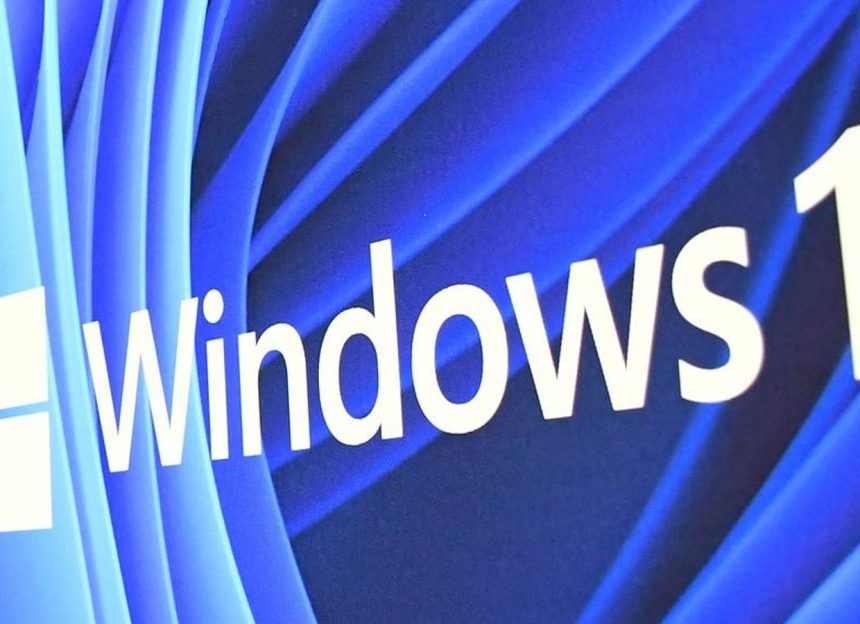The first Windows 11 patch of 2025, designated as KB5050009, has been plagued by a multitude of issues, impacting not only the latest Windows 11 24H2 version but also its predecessor, Windows 10, through its corresponding update KB5050021. These issues span a range of hardware and software incompatibilities, adding another chapter to the ongoing saga of problematic updates for the Windows 11 operating system. The widespread nature of these problems significantly hinders Microsoft’s efforts to encourage users to migrate from Windows 10, which is nearing its end-of-life. The recurrent instability adds fuel to the existing hesitancy surrounding Windows 11 adoption.
Among the most prevalent problems reported by users is the disruption of audio functionality, particularly concerning headphones. USB digital-to-analog converters (DACs), essential for high-quality audio output, are failing to load after the update, presenting users with the cryptic “Code 10” error message indicating insufficient system resources. This effectively renders many high-end headphones unusable, impacting both professional audio users and casual listeners alike. Adding to the audio woes, Bluetooth headphones, while successfully connecting, often fail to transmit any sound, leaving users in digital silence. This double blow to audio functionality represents a major inconvenience for users who rely on headphones for various purposes, from communication and entertainment to professional audio work.
Beyond the audio issues, the problematic update has also triggered widespread webcam malfunctions. Users report that their webcams cease to function after installing the update, disrupting video conferencing, online meetings, and other activities reliant on camera functionality. This further exacerbates the impact of the faulty update, expanding its reach from audio peripherals to core system components, creating a broader range of disruptions to user workflows and daily tasks. The combined impact of these issues paints a picture of an update that has introduced significant instability across different hardware configurations, impacting a substantial user base.
The difficulties in pinpointing the root causes of these issues are compounded by the vast diversity of PC setups and installed applications. Each unique combination of hardware and software presents a distinct environment, making it challenging to isolate the specific factors contributing to the observed malfunctions. This complexity in troubleshooting the problems adds to the frustration experienced by users, who are left grappling with malfunctioning systems without clear guidance on how to resolve the issues. The lack of a readily identifiable cause and solution further underscores the need for more robust testing and quality assurance processes within Microsoft’s update rollout strategy.
The only currently available workaround for the myriad problems introduced by the January 2025 patch is to uninstall the update and temporarily disable automatic Windows Updates. This reactive approach, while offering immediate relief, places the onus on individual users to manage updates manually, potentially exposing their systems to security vulnerabilities if updates are indefinitely postponed. Furthermore, it underscores a deficiency in Microsoft’s response to the situation, as it relies on users to mitigate issues caused by a faulty update rather than proactively providing a stable and functional patch. This reactive approach highlights the need for more streamlined and responsive mechanisms for addressing issues with faulty updates.
The timing of these issues is particularly inopportune for Microsoft, as the company is actively encouraging users to upgrade from Windows 10 to Windows 11 before the former reaches its end-of-life in October. The recurring problems with Windows 11 updates, exemplified by this latest incident, serve to reinforce the reluctance of many users to make the switch. The perception of instability surrounding Windows 11 undermines Microsoft’s efforts to promote the new operating system and creates a significant obstacle to widespread adoption. This cycle of problematic updates further fuels user distrust and exacerbates the challenge of transitioning users to the latest operating system.
The recurring issues with Windows 11 updates highlight the critical need for more rigorous testing and quality control measures before releasing updates to the public. A more proactive approach to identifying and addressing potential problems could significantly mitigate the disruption experienced by users and prevent such widespread issues from arising in the first place. Investing in more robust testing procedures, engaging with user feedback more effectively, and implementing a more streamlined process for resolving update-related problems would go a long way in building user confidence and ensuring a smoother transition to Windows 11. The current situation underscores the importance of a proactive and user-centric approach to software updates to ensure stability and maintain user trust.



